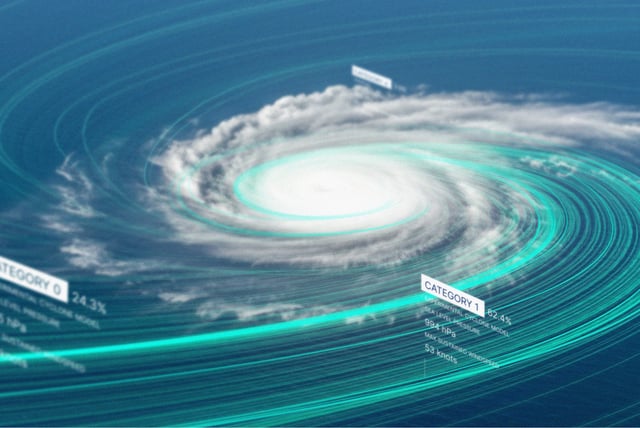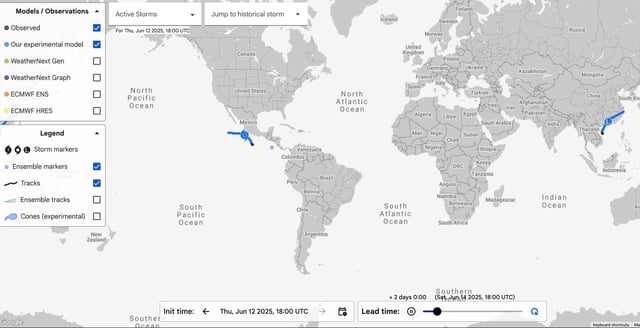Overview
- The model employs stochastic neural networks and Functional Generative Networks trained on global reanalysis data alongside a database of nearly 5,000 observed cyclones.
- Internal evaluations of 2023–2024 North Atlantic and East Pacific storms show its five-day track error is on average 140 km lower than ECMWF’s ENS baseline and its intensity forecasts outperform NOAA’s HAFS.
- It generates 15-day ensemble predictions in about one minute on a single specialized chip, dramatically reducing compute time compared with traditional physics-based systems.
- National Hurricane Center forecasters are now integrating live AI projections from Weather Lab alongside conventional models to support real-time risk assessments during the 2025 season.
- Independent analysis by the Cooperative Institute for Research in the Atmosphere confirms the AI’s track and intensity skill matches or exceeds those of leading operational forecasting models.


